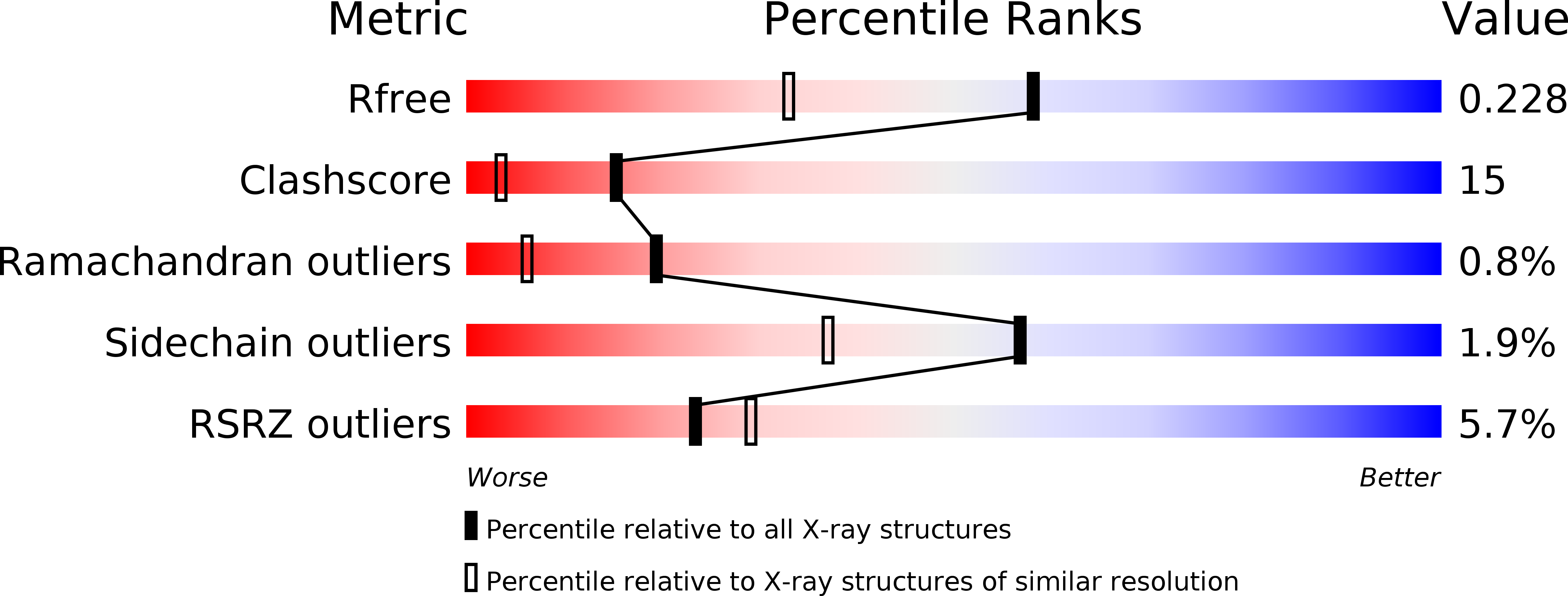
Deposition Date
2007-08-06
Release Date
2007-10-30
Last Version Date
2024-02-21
Entry Detail
PDB ID:
2QUO
Keywords:
Title:
Crystal Structure of C terminal fragment of Clostridium perfringens enterotoxin
Biological Source:
Source Organism:
Clostridium perfringens (Taxon ID: 1502)
Host Organism:
Method Details:
Experimental Method:
Resolution:
1.75 Å
R-Value Free:
0.22
R-Value Work:
0.19
R-Value Observed:
0.19
Space Group:
P 21 21 21


